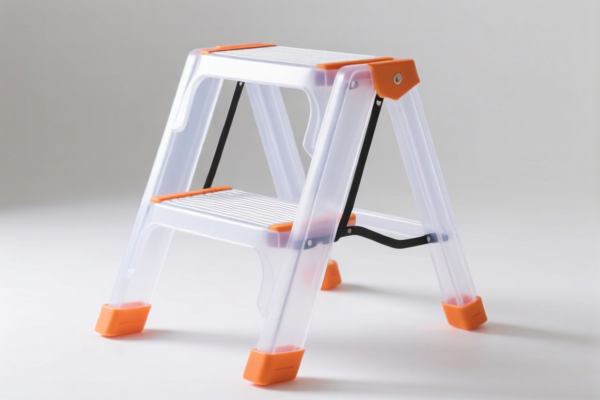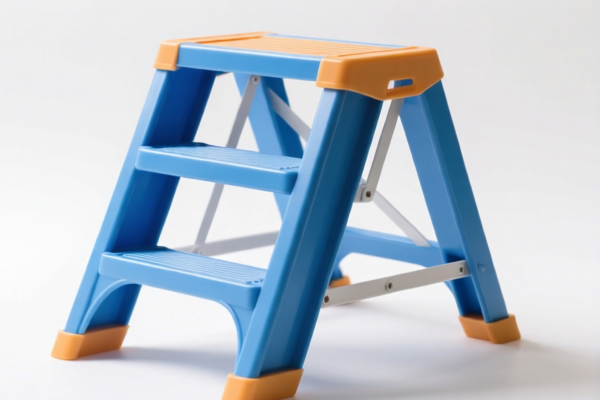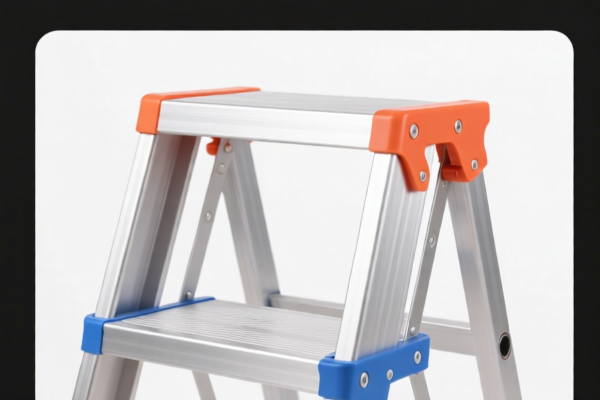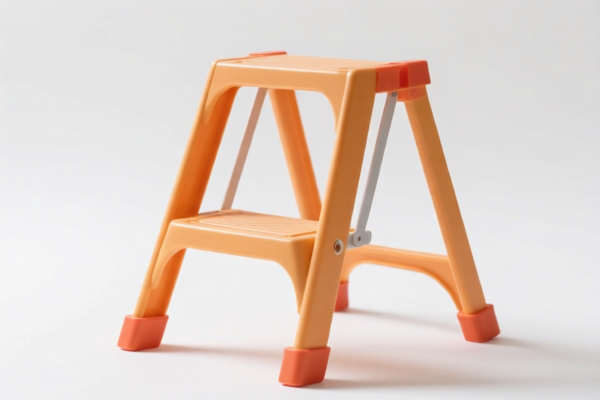| HS Code | Official Doc | Tariff Rate | Origin | Destination | Effective Date |
|---|---|---|---|---|---|
| 9504904000 | Doc | 30.0% | CN | US | 2025-05-12 |
| 9504909080 | Doc | 37.5% | CN | US | 2025-05-12 |
| 9503000090 | Doc | 30.0% | CN | US | 2025-05-12 |




Shuffling Machine
A shuffling machine is a mechanical or electromechanical device designed to automatically randomize a deck or multiple decks of playing cards. These machines are employed to ensure fair play and efficiency in various card game settings.
Material
Shuffling machines are typically constructed from a combination of materials chosen for durability and smooth operation. Common components include:
- Housing: Often made of plastic (ABS, polycarbonate) or metal (aluminum, steel) to provide structural support and protection for internal components.
- Internal Mechanisms: Utilize metal gears, levers, and rollers, sometimes coated or treated to reduce friction and wear.
- Card Handling Components: Rubber or plastic rollers and guides to minimize card damage and ensure consistent feeding and dispensing.
- Electronics (in electronic models): Printed circuit boards, microprocessors, and motors.
Purpose
The primary purpose of a shuffling machine is to:
- Randomize Cards: To eliminate bias and ensure a truly random order of cards for fair gameplay.
- Increase Speed and Efficiency: To significantly reduce the time and effort required for manual shuffling, particularly with multiple decks.
- Reduce Errors: To minimize the risk of human error during shuffling, such as mis-shuffles or card manipulation.
- Prevent Cheating: To discourage and detect potential cheating attempts through card marking or stacking.
Function
Shuffling machines operate based on various mechanisms:
- Mechanical Shuffling: These machines use a series of gears, levers, and rollers to physically interweave the cards. Cards are loaded into a hopper, then pushed and mixed as the machine is cranked or operated.
- Electronic Shuffling: These machines employ motors and electronic sensors to feed, randomize, and dispense cards. They often feature programmable shuffling patterns and card recognition capabilities.
- Continuous Shuffling: These machines automatically shuffle cards as they are played, maintaining a continuous flow of randomized cards.
Usage Scenarios
Shuffling machines are commonly used in:
- Casinos: For high-stakes card games like Blackjack, Poker, and Baccarat, ensuring fair play and rapid dealing.
- Professional Poker Tournaments: To streamline gameplay and maintain the integrity of the competition.
- Home Games: For players who want to enhance their gaming experience and ensure fair play.
- Card Clubs: For organized card games and tournaments.
- Training Purposes: To analyze shuffling patterns and techniques.
Common Types
- Single Deck Shufflers: Designed for shuffling a single deck of cards. Often manual or semi-automatic.
- Multi-Deck Shufflers: Capable of shuffling multiple decks simultaneously, commonly used in casinos.
- Automatic Shufflers: Fully automated machines that shuffle cards with minimal human intervention.
- Continuous Shufflers: Shuffle cards continuously as they are played, often used in Blackjack.
- Manual Shufflers: Require manual cranking or operation to shuffle cards.
- Electronic Shufflers: Utilize motors and sensors for automated shuffling and card recognition.
- Card Mate Shufflers: A popular brand known for its reliable and efficient shuffling machines.
Based on the material, use, function, and application scenarios, a shuffling machine is a device designed to randomize a deck of playing cards. It automates the process of card mixing, typically used in casinos, professional card games, or for home entertainment.
According to the provided reference material, the HS code options related to 'shuffling machine' are limited, with only the following 3 found:
- 8443.99.90: This HS code falls under Chapter 84, which covers nuclear reactors, boilers, machinery and mechanical appliances; parts thereof. Specifically, Heading 8443 covers machines for the preparation or finishing of paper, cardboard, textiles or leather, including cutting machines. Subheading 8443.99 covers parts and accessories of the machines of headings 84.41 to 84.43, not elsewhere specified. This code may apply to shuffling machines if they incorporate features related to card handling as part of a broader paper/card processing function.
- 9009.11.00: This HS code is classified under Chapter 90, which covers optical, photographic, cinematographic, measuring, checking, precision, medical or surgical instruments and apparatus; parts and accessories thereof. Heading 9009 covers machines, apparatus and appliances used in physical therapy, gymnastics, massage, aesthetic body care, manicure or pedicure. Subheading 9009.11 specifically covers machines for physical therapy. While not a direct fit, this code could be considered if the shuffling machine is marketed or designed for rehabilitation or therapeutic card games.
- 9504.90.00: This HS code belongs to Chapter 95, which covers toys, games and sports equipment; parts and accessories thereof. Heading 9504 covers games, other than automatic scoring games; parts and accessories of games. Subheading 9504.90 covers other games. This is the most likely HS code for a standard shuffling machine intended for recreational use.
Regarding HS code 9504.90.00, the reference material indicates that games must be assessed to determine if they are primarily for recreational use. If the shuffling machine is designed for professional gambling or casino use, it may not fall under this classification.
Customer Reviews
No reviews yet.